No Seeds Inside Papaya – What Does A Papaya Without Seeds Mean
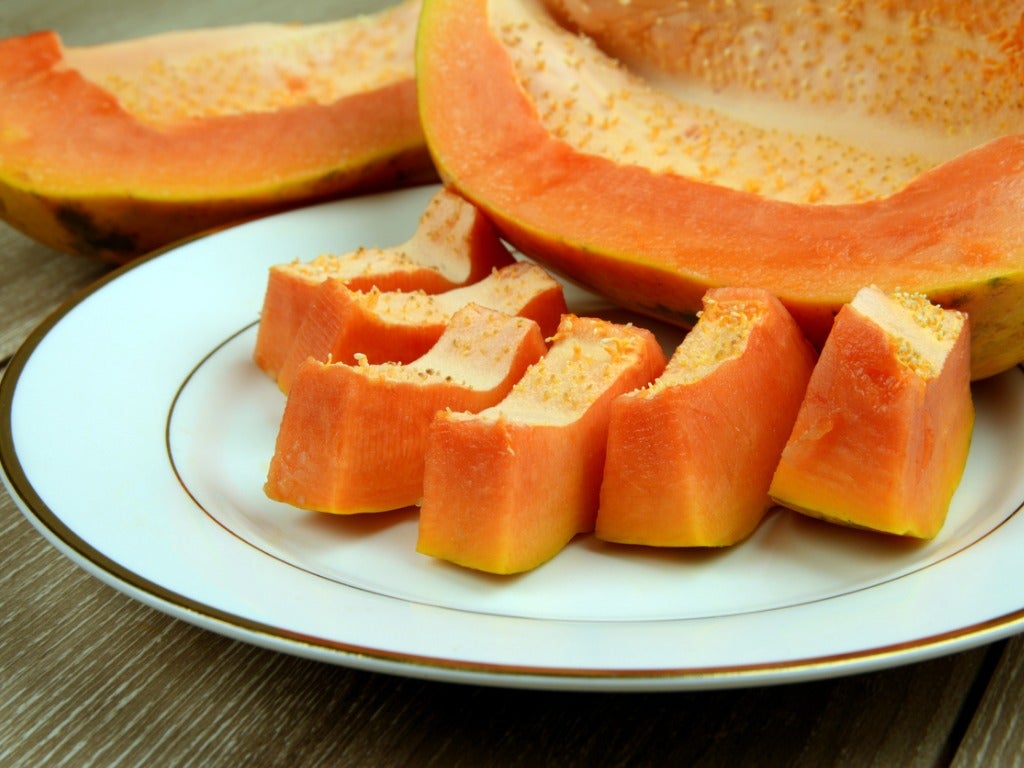

Papayas are interesting trees with hollow, unbranched stems and deeply lobed leaves. They produce flowers that develop into fruit. Papaya fruit are notoriously laden with seeds, so when you get a papaya without seeds, it may be a surprise. “Why doesn’t my papaya have seeds?”, you may wonder. Read on for the various reasons there might not be any seeds inside papayas and whether the fruit is still edible.
Seedless Papaya Fruit
Papaya trees can be male, female, or hermaphrodite (having both male and female parts). Female trees produce female flowers, male trees produce male flowers, and hermaphrodite trees bear female and hermaphrodite flowers.
Since female flowers need to be pollinated by male pollen, the preferred kind of tree for commercial fruit production is the hermaphrodite. Hermaphrodite flowers are self-pollinating. A seedless papaya fruit usually comes from a female tree.
If you split open a ripe papaya and find that there are no seeds, you will surely be surprised. Not that you miss the seeds but because there usually are seeds. Why would there be no seeds inside papayas? Does this make the papayas inedible?
Seedless papaya fruit are unpollinated papaya fruit from a female tree. A female requires pollen from a male or hermaphroditic plant to produce fruit. Most of the time, when female plants don’t get pollen, they fail to set fruit. However, unpollinated papaya female plants sometimes set fruit without seeds. They are called parthenocarpic fruit and are perfectly fine to eat.
Creating Papaya Without Seeds
The idea of papaya fruit without seeds is very appealing to consumers, but parthenocarpic fruits are quite rare. Botanists are working to develop seedless papayas and fruit found in grocery stores are usually those that they have developed in greenhouse conditions.
Papaya without seeds come from mass propagation in vitro. Botanists graft seedless types of papaya onto the mature root system of a papaya tree.
Gardening tips, videos, info and more delivered right to your inbox!
Sign up for the Gardening Know How newsletter today and receive a free copy of our e-book "How to Grow Delicious Tomatoes".
The babaco shrub (Carica pentagona ‘Heilborn’) is native to the Andes thought to be a naturally occurring hybrid. A relative of the papaya, it bears the common name “mountain papaya.” All of its papaya-like fruit is parthenocarpic, meaning seedless. The babaco fruit is sweet and delicious with a slightly citrusy taste. It has become internationally popular and now is cultivated in California and New Zealand.

Teo Spengler is a master gardener and a docent at the San Francisco Botanical Garden, where she hosts public tours. She has studied horticulture and written about nature, trees, plants, and gardening for more than two decades. Her extended family includes some 30 houseplants and hundreds of outdoor plants, including 250 trees, which are her main passion. Spengler currently splits her life between San Francisco and the French Basque Country, though she was raised in Alaska, giving her experience of gardening in a range of climates.
-
 Looking For Plants To Give You The Soft And Fuzzies? Try These 5 Fuzzy Leaf Plant Options
Looking For Plants To Give You The Soft And Fuzzies? Try These 5 Fuzzy Leaf Plant OptionsLovers of texture, drama, silver foliage and tactile plants will adore these special sensory garden additions. These fuzzy leaf plant options will leave you all aglow
By Susan Albert
-
 Get Ready For A Summer Of Hummers! Grow These Full Sun Hummingbird Plants and Flowers
Get Ready For A Summer Of Hummers! Grow These Full Sun Hummingbird Plants and FlowersIf you’re lucky enough to enjoy a sunny backyard, make sure you are maxing out on your pollinator opportunities and grow these full sun hummingbird plants and flowers
By Tonya Barnett
-
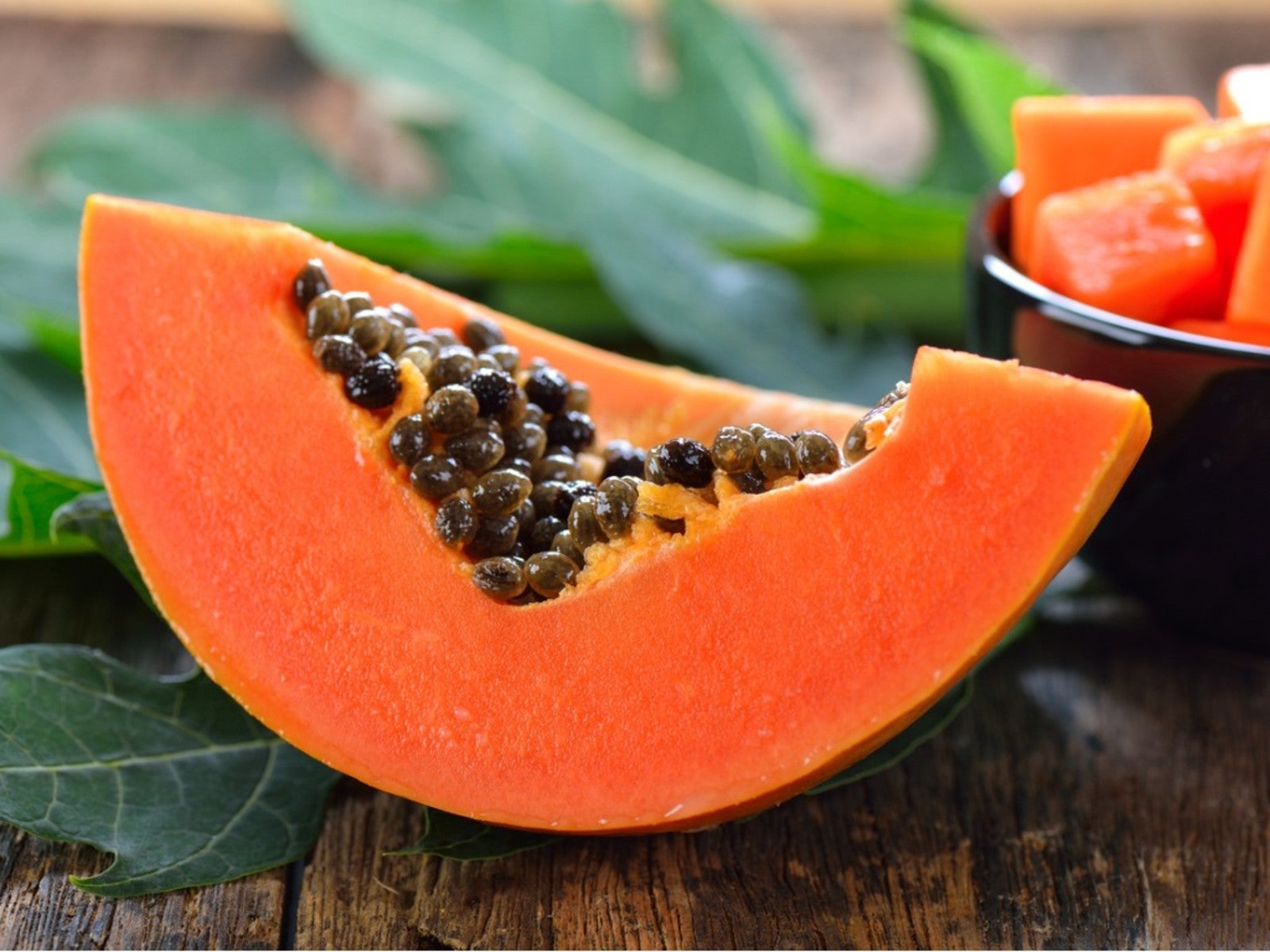 Papaya Fruit Uses – Learn What To Do With Papaya Post Harvest
Papaya Fruit Uses – Learn What To Do With Papaya Post HarvestSo here you are with a bumper crop of papaya fruit. Don’t worry -- we’ve compiled a list of what to use papaya for.
By Amy Grant
-
 Papaya Harvest Time: Tips For Picking Papaya Fruits
Papaya Harvest Time: Tips For Picking Papaya FruitsGrowing papaya? Click here for tips on when it’s time to start harvesting papaya fruit and information on various papaya harvesting methods.
By Teo Spengler
-
What Causes Papaya Stem Rot – Learn About Pythium Rot Of Papaya Trees
Papaya stem rot is a serious problem that often affects young trees but can take down mature trees as well. But what is papaya pythium rot, and how can it be stopped? Click this article to learn more about papaya pythium fungus problems.
By Liz Baessler
-
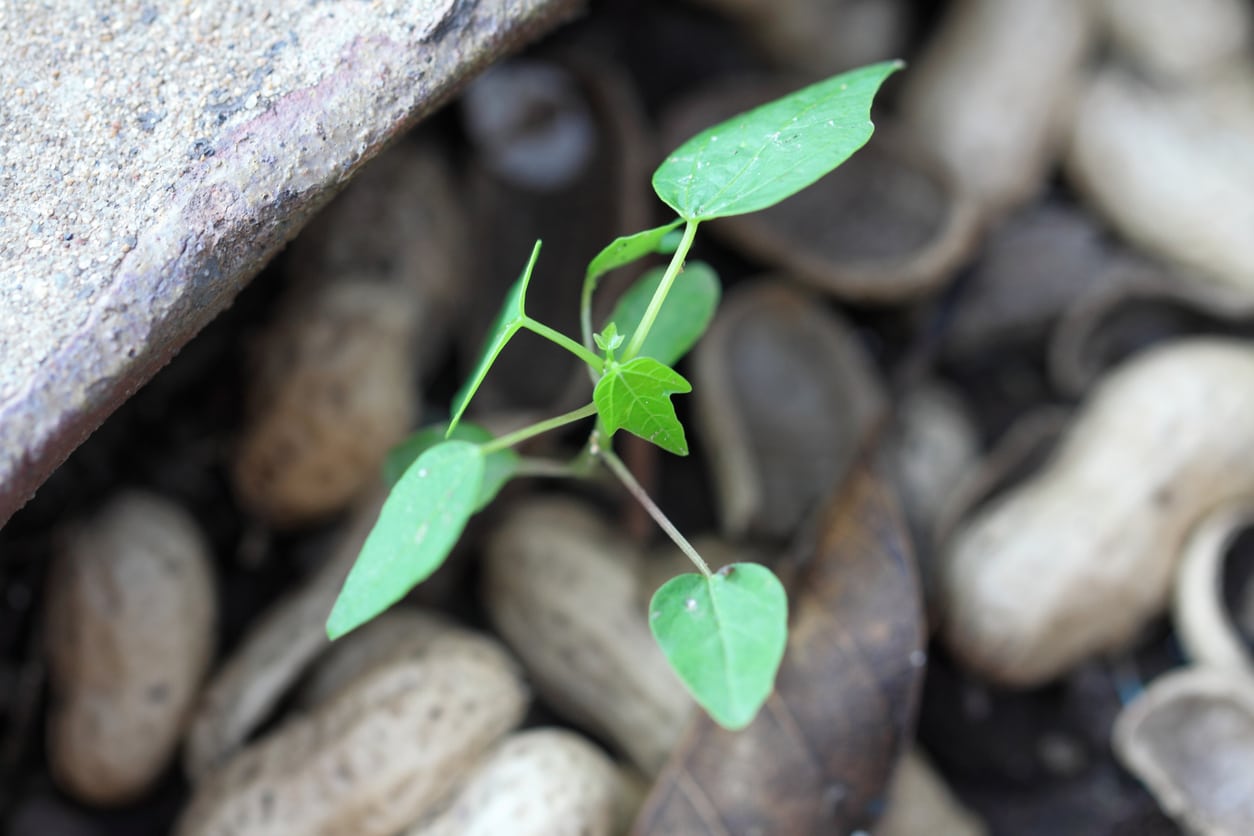 My Papaya Seedlings Are Failing: What Causes Papaya Damping Off
My Papaya Seedlings Are Failing: What Causes Papaya Damping OffWhen growing papaya from seed, you may come across a serious problem: papaya seedlings failing. They look water-soaked, then shrivel, dry, and die. This is damping off, and it is a fungal disease that can be prevented with good cultural practices. Learn more here.
By Mary Ellen Ellis
-
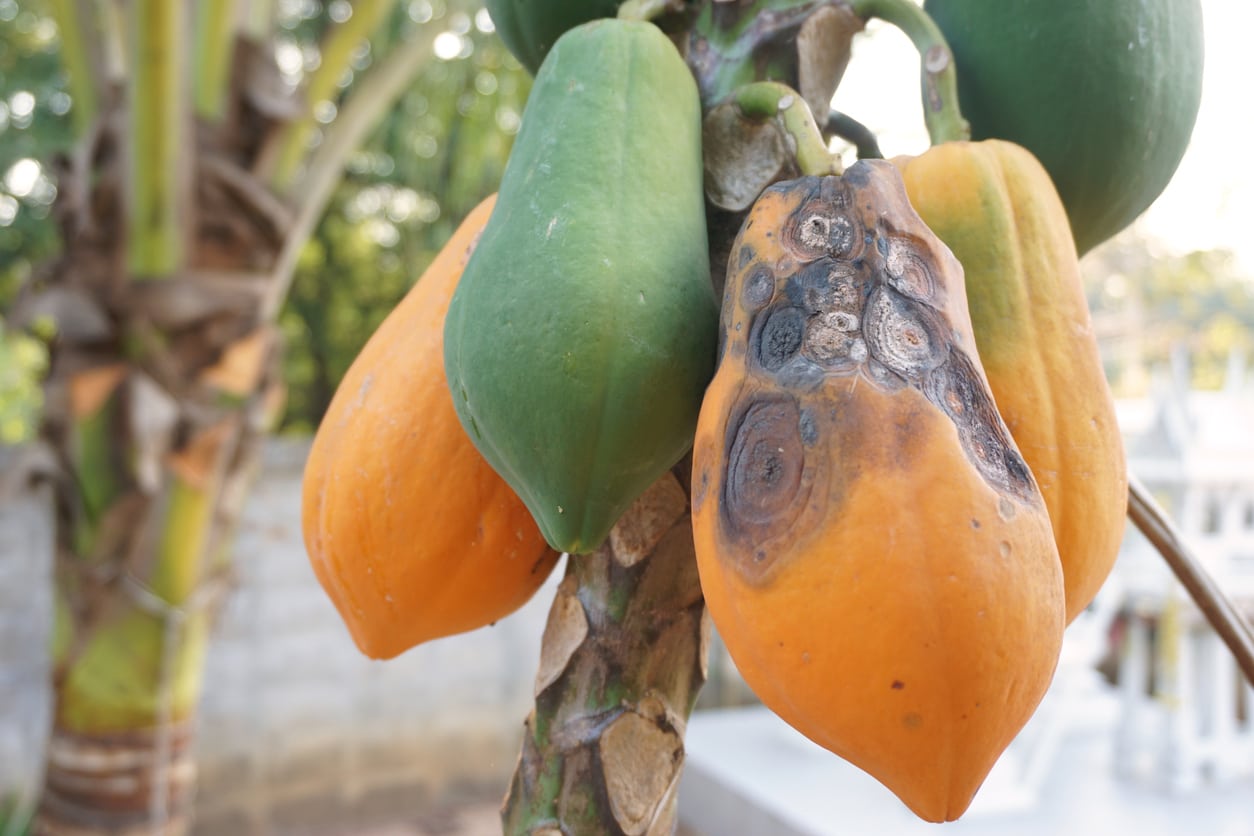 Anthracnose Of Papaya Trees: Learn About Papaya Anthracnose Control
Anthracnose Of Papaya Trees: Learn About Papaya Anthracnose ControlWhen you see sunken spots on papaya fruit, you may be dealing with anthracnose of papaya trees. But with some cultural practices, papaya anthracnose control in the home orchard isn’t difficult. Click this article for tips on treating papaya anthracnose.
By Teo Spengler
-
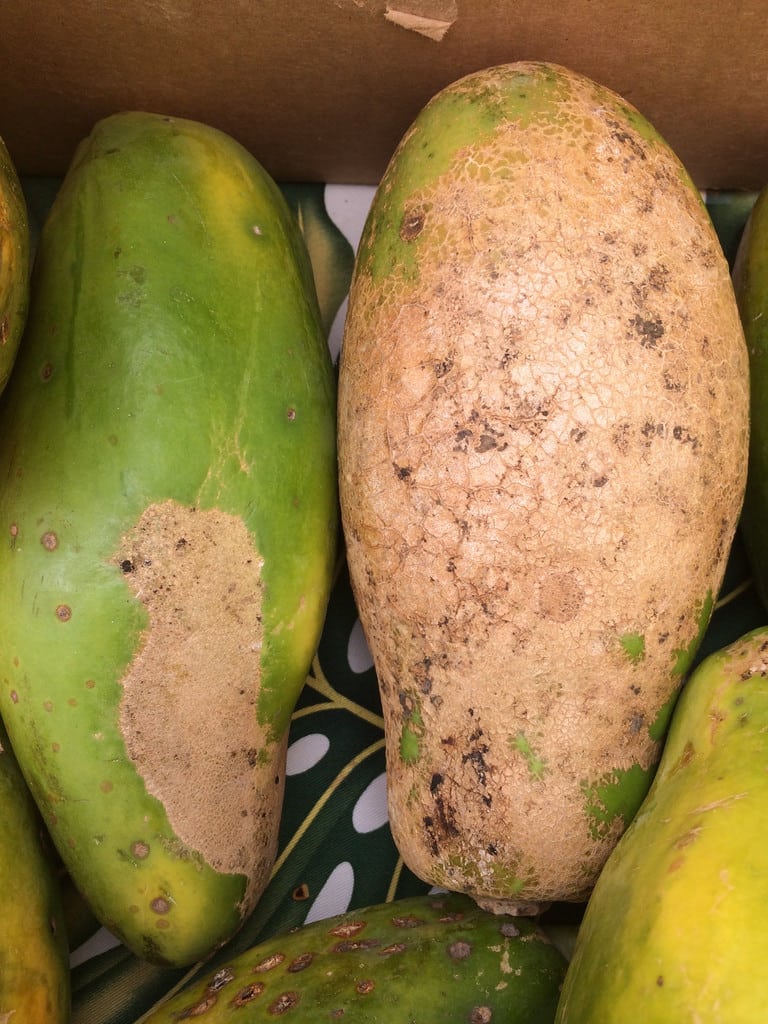 Papaya Herbicide Problems: Treating Symptoms Of Papaya Herbicide Injury
Papaya Herbicide Problems: Treating Symptoms Of Papaya Herbicide InjuryUnfortunately, papayas are shallow-rooted and papaya damage from herbicides is always a risk. Understanding papaya herbicide problems may help you prevent and mitigate herbicide injury of papaya. Click on this article to learn more.
By Mary H. Dyer
-
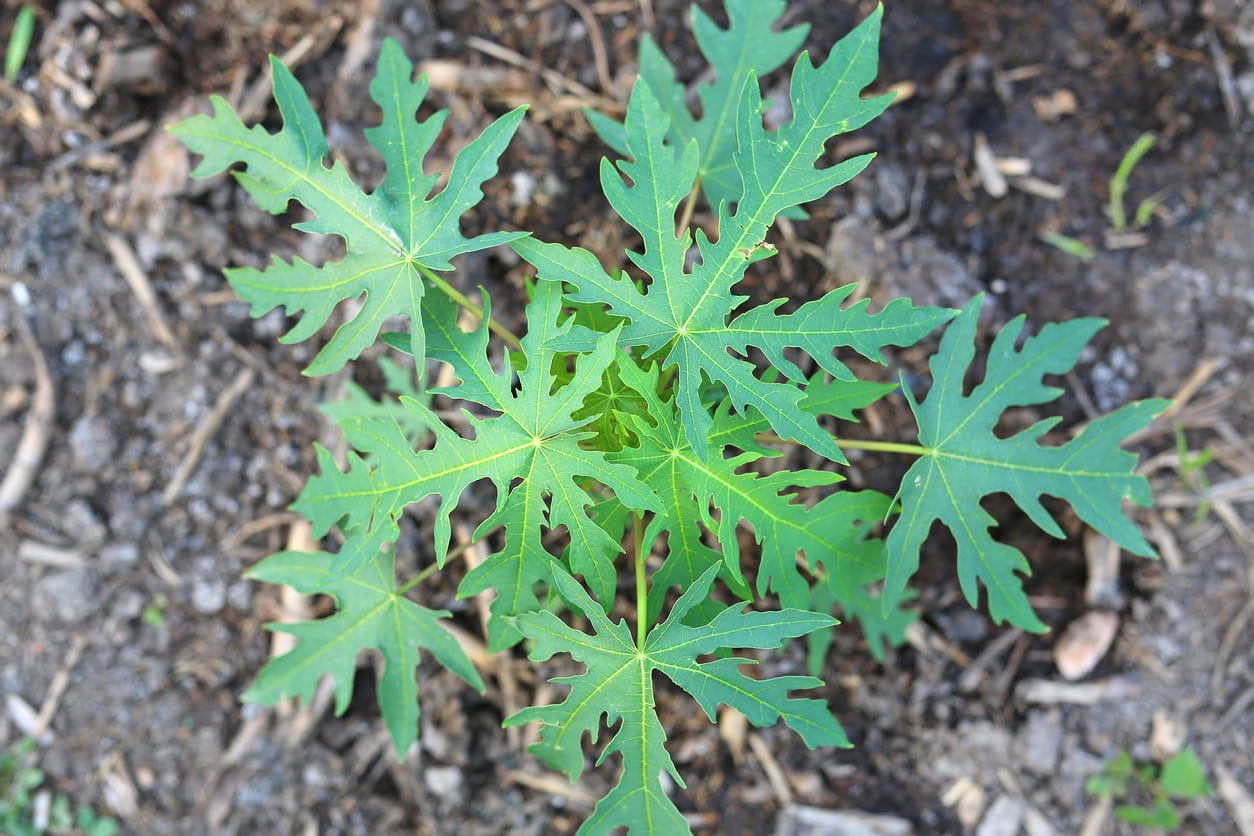 Papaya Seedlings Damping Off – Learn About Papaya Damping Off Treatment
Papaya Seedlings Damping Off – Learn About Papaya Damping Off TreatmentPapaya seedlings damping off can mean the end of the crop as the fungus eventually rots out the stem. What causes papaya damping off and how can you prevent it? Click on the following article for more information.
By Bonnie L. Grant
-
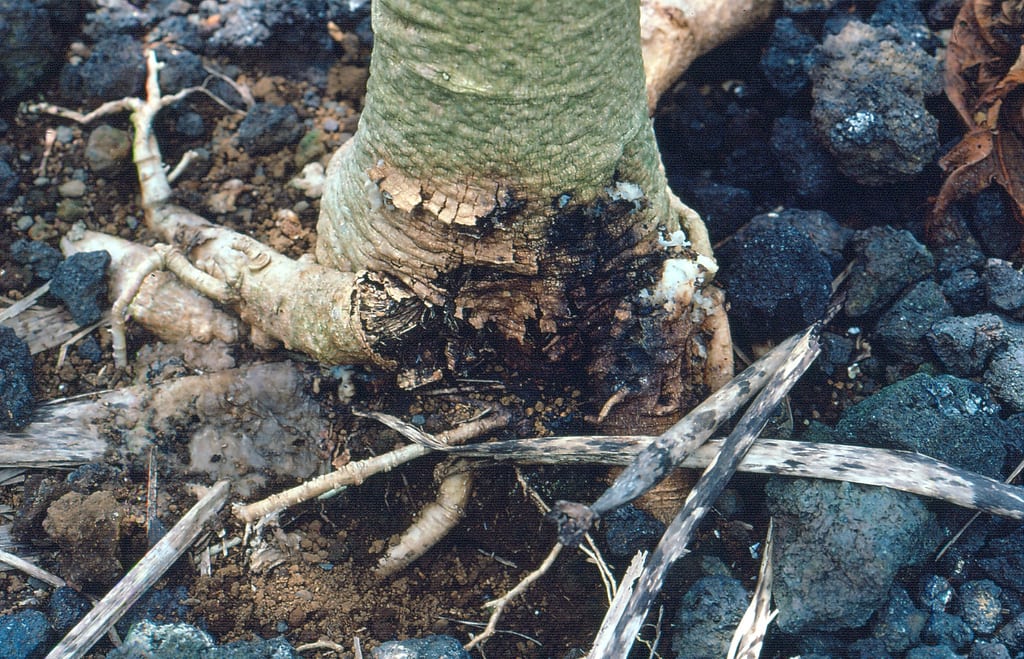 Papaya Stem Rot Symptoms – How To Manage Stem Rot On Papaya Trees
Papaya Stem Rot Symptoms – How To Manage Stem Rot On Papaya TreesPapaya stem rot can be a serious problem if not addressed properly. The following article provides information on what causes papaya stem rot and tips for controlling papaya stem rot disease. Click here to learn more.
By Liz Baessler